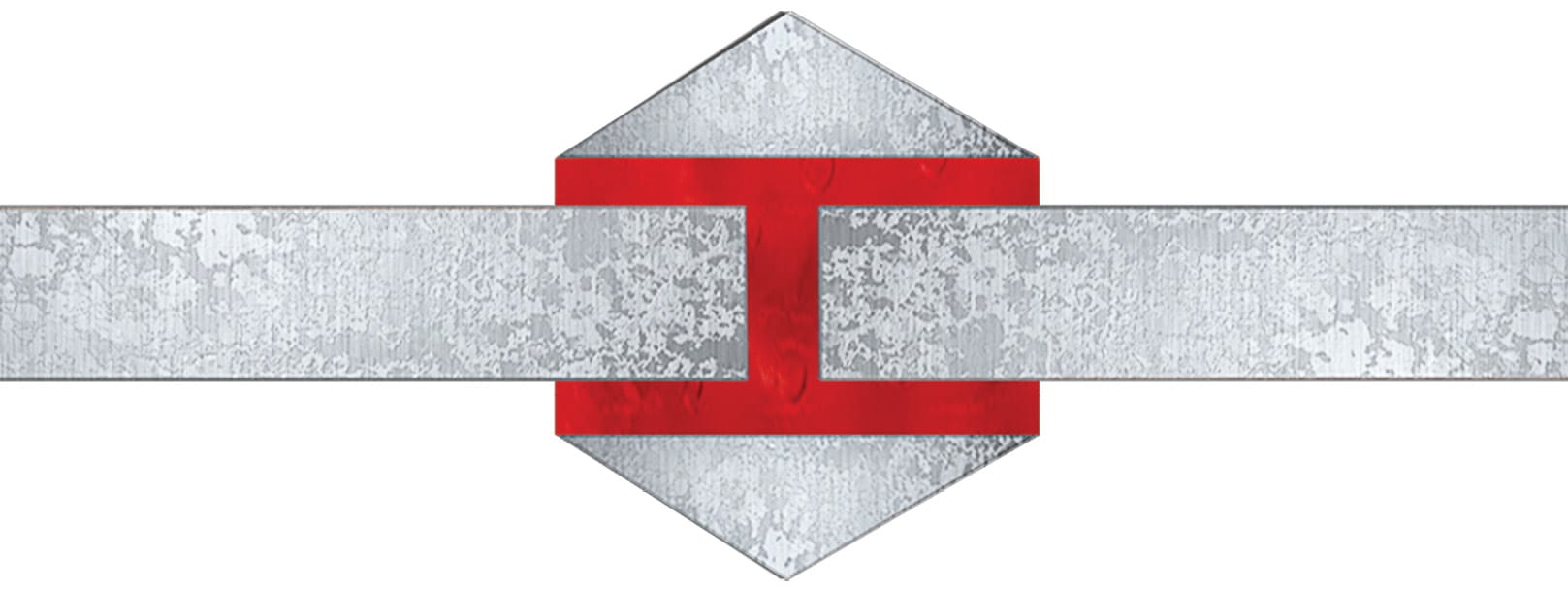5.1.3.9 Bevelled Double Strap Joint
Similar to the double strap joint, a bevelled double strap joint is made by adding a strap or belt to an adhesive bond line. The reinforcing straps will have a chamfer or bevel on both ends, which provides high flexural strength and better stress distribution. The critical function of the bevel is to prevent external assemblies from ‘catching’ the edge of the strap and applying peel forces. The mechanical processing required to create this joint is moderately complex. It should only be used if the bond is subject to materials sliding over the surface on the bonded substrates.

5.1.3.10 Overlap Joint
The overlap joint is the most commonly used adhesive joint. These joints are extremely simple, quick and easy to create, and are obtained by simply overlapping the components to be joined. This joint can be used with a wide variety of adhesives and substrate thicknesses. The major benefit of this joint is that it can bond extremely thin materials while providing excellent strength. This joint is strongest when forces are applied parallel to the substrates, but it also performs reasonably well when subjected to a variety of stresses. However, if an overlap joint is staggered and the shear forces are not aligned under very high stress loads, this can lead to substrate deformation, as shown in Section 4.


